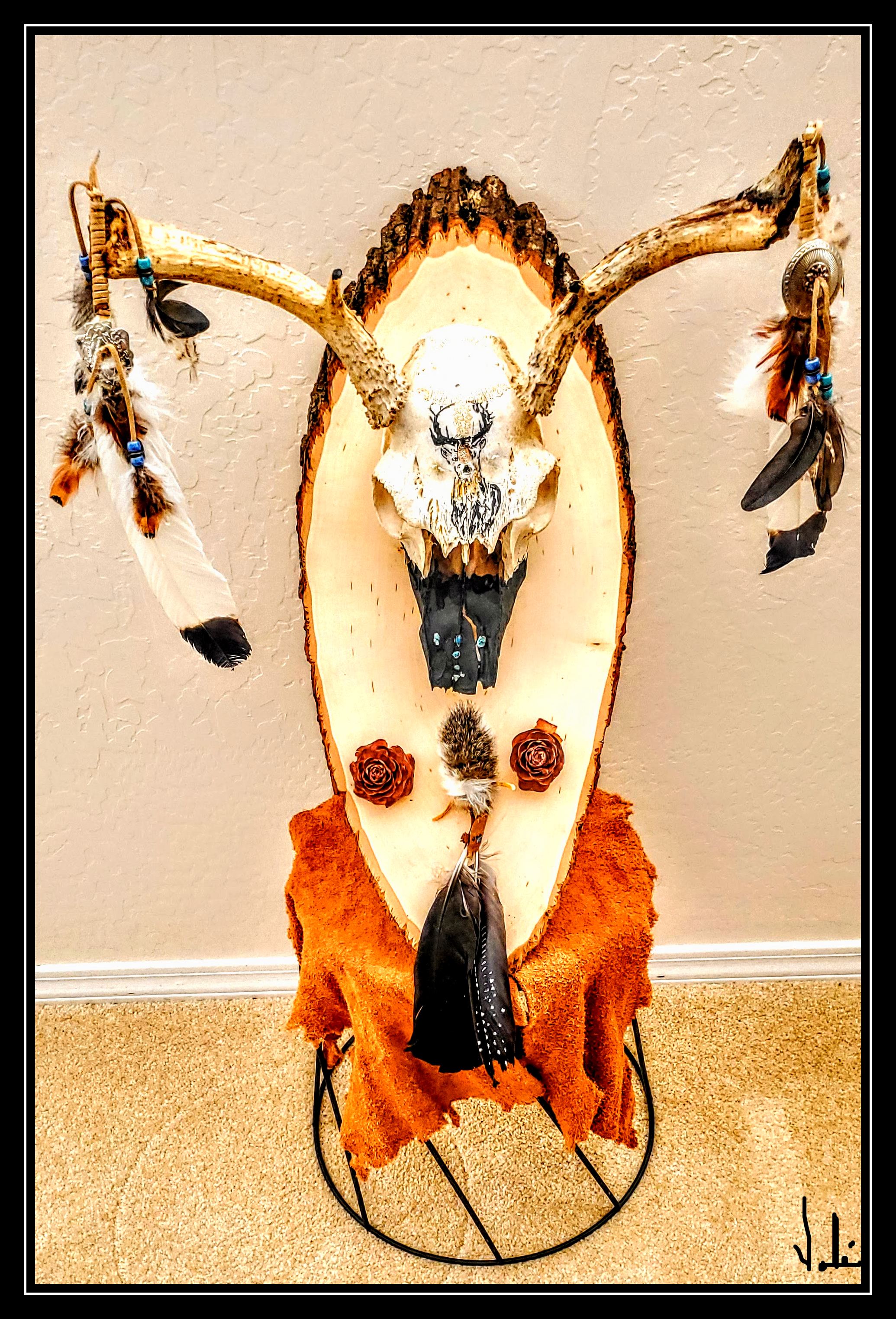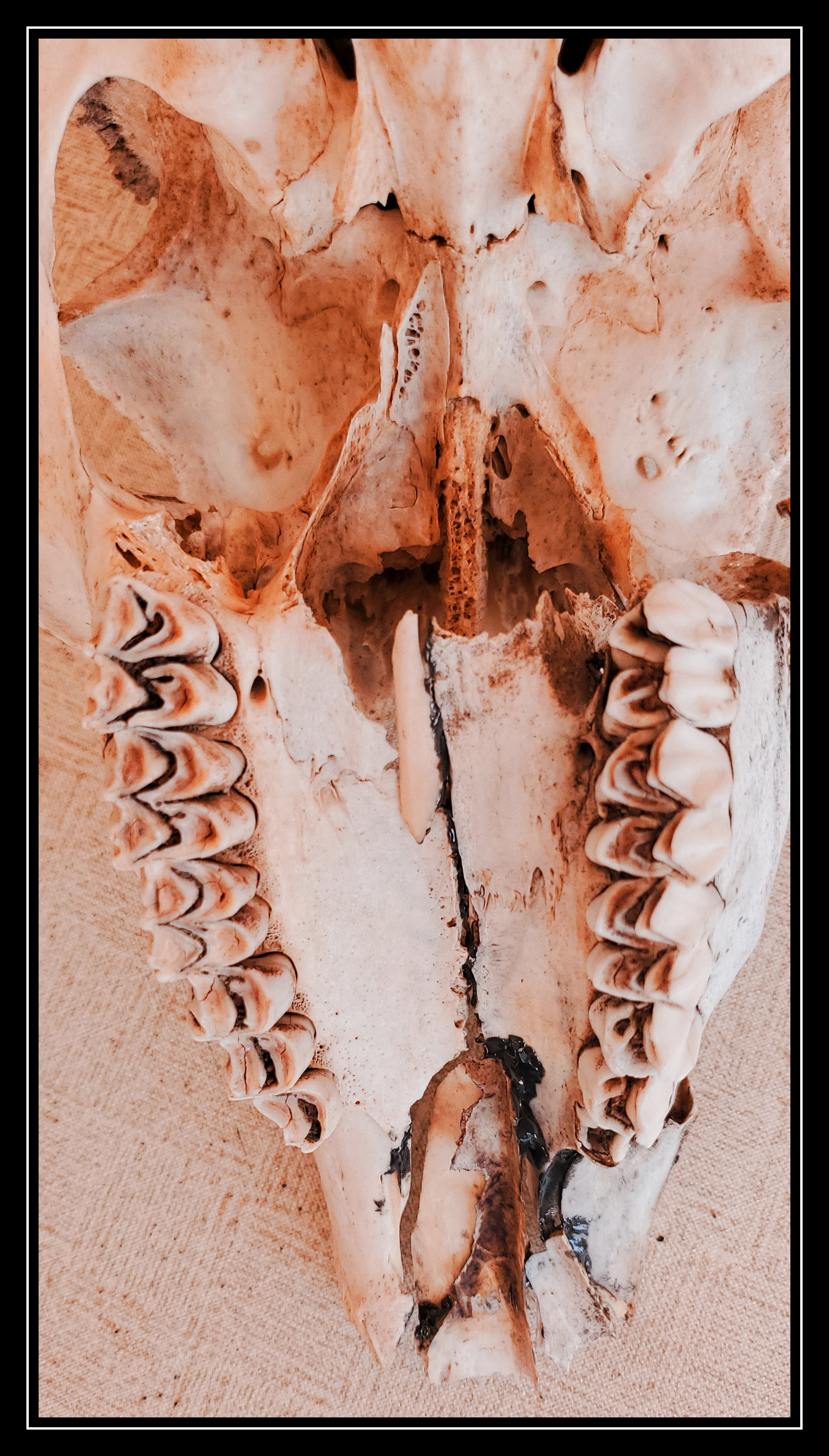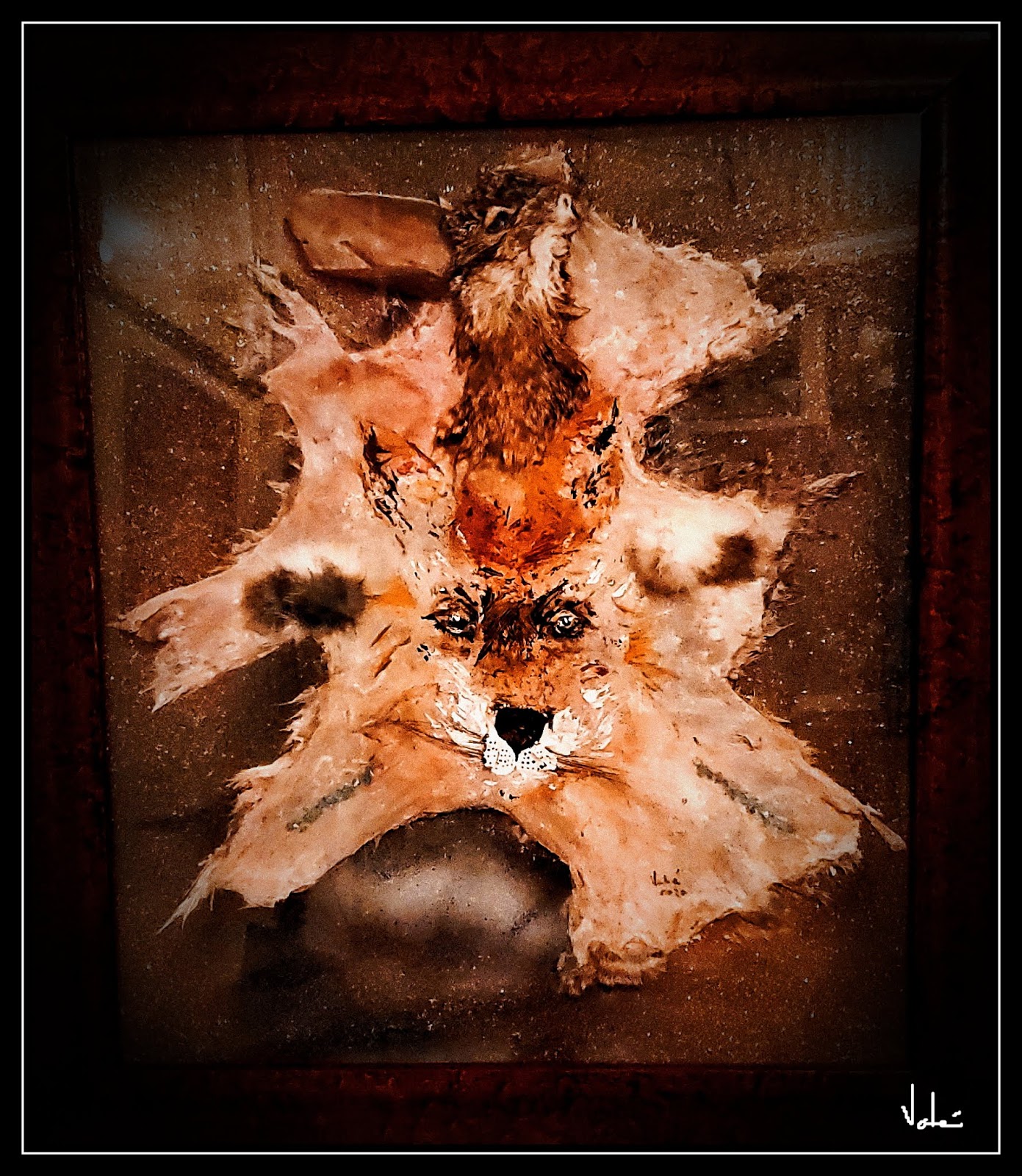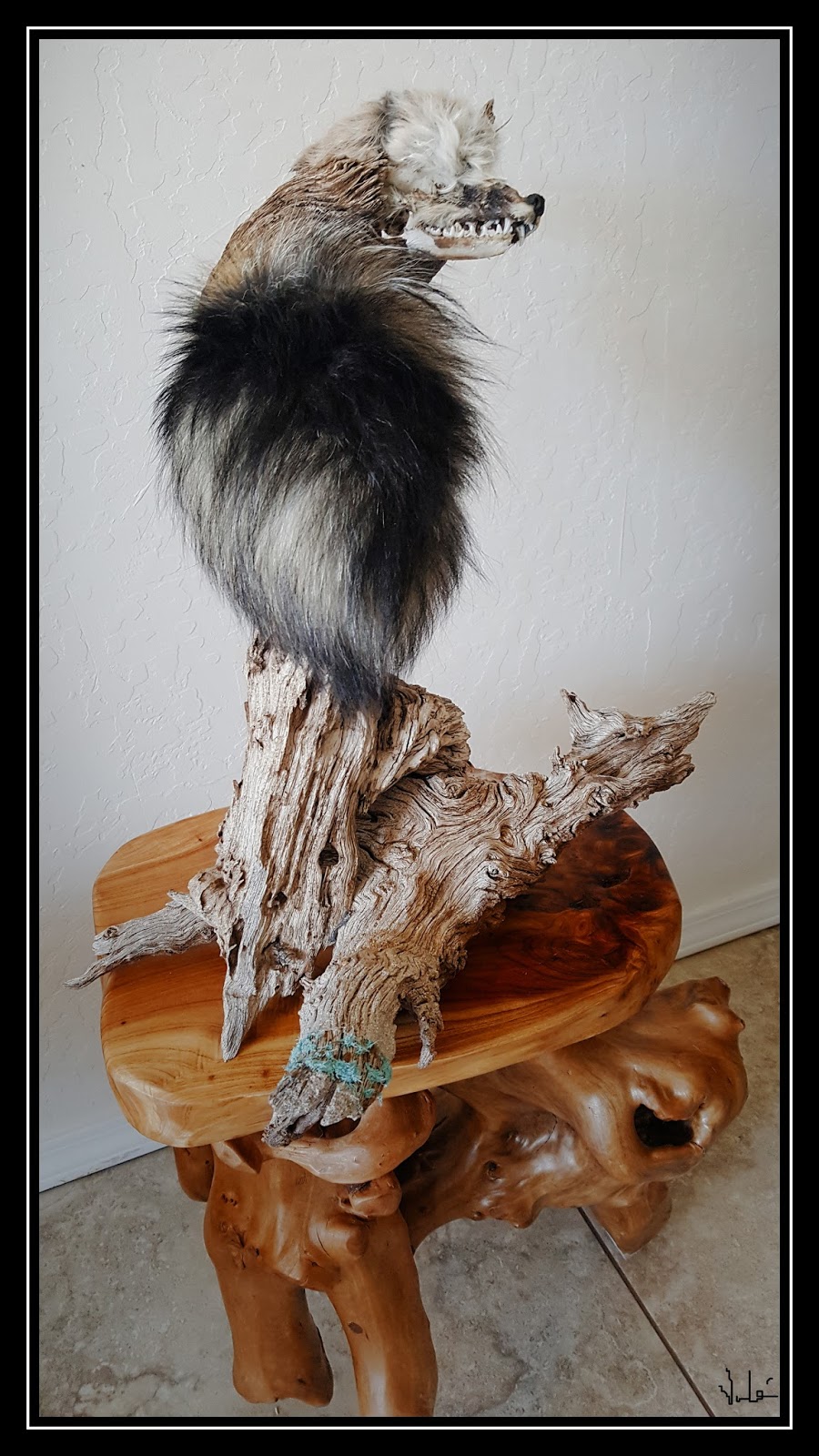Forensic Skull Reconstruction -- How a Deer Got Help From an Elk
“It is not in very good shape – the mandibles are
gone, and half of the skull has been chewed away by coyotes. They also took
part of the antlers. You want to try doing something with it?”
My neighbor had found a deer skull on his property
and was challenging my curiosity.
So I did accept. After cleaning and scrubbing some
connective tissue, here is the starting point of a new project:
Not only half of it was missing, but the missing
part was the right maxilla, hence also the teeth of the right upper jaw:
So, it was time for me to attempt a forensic facial
reconstruction on a deer skull, which I had not done before.
Here is a definition of the approach from Wikipedia:
Forensic
facial reconstruction is the process of recreating the face of an individual
from their skeletal remains through an amalgamation of artistry, anthropology,
osteology, and anatomy. It is easily the most subjective—as well as one of the
most controversial—techniques in the field of forensic anthropology.
Perfect!
My first step was to look in my “Lost & Found”
box where I keep various petrified animal bones I find in the desert and often
use them for my artistic musing. Interestingly, I found two half-elk maxilla
bones and decided to fit the right one to this deer skull. Mixing bones species
is more than facial reconstruction, it is a Kafkaesque metamorphosis!
And I recalled the opening lines of Kafka’s The
Metamorphosis:
“As
Gregor Samsa awoke one morning from uneasy dreams he found himself transformed
in his bed into a gigantic insect.”
My goal was to give the
deer skull into a deer-elk identity, not an insect.
Here are the two pieces of
the elk maxilla, the deer skull and two petrified antlers that I had borrowed
segments before for other projects. My initial thought was to rebuild the skull’s
antler tips with parts from these antlers.
Since I was mixing deer and elk bones during the reconstruction, it was just appropriate that I would paint a creature half-deer and half-elk on the frontal bone of the skull:
After cutting and
reshaping the elk maxilla, I got close to fitting it on the large opening of the
skull. Of course the elk teeth are different from deer teeth, but metamorphosis
does not require exactitude.
Here is the new
maxilla and the patchwork of bones:
Of course there were open gashes that would require additional bone patching/grafting. I cut and shaped patches from other partial skull bones from my “Lost & Found” box and glued all the pieces together.
… I now had my forensic
skull reconstructed. It was time for the artistic touches.
At this point the damaged
antlers acquired a “vintage” appearance and I chose not to reconstruct them
with segments from other antlers. Instead opted for a Southwestern motif of
using glass beads, deer skin strings and various feathers to embellish the
chewed ends of the antlers.
Here is one of the
decorations I made:
And to continue with the
black and white theme, I painted the reconstructed part of the skull in black.
Here is a view of the
paint line and the elk maxilla with proud teeth!
The finished work is shown
at the outset. I used a basswood rustic oval cut to mount the skull, two tree
cones that open like roses, crow feathers dropped to the ground, and a
cottontail rabbit tail for the final touch ups.
… So, this was my first
forensic deer skull reconstruction. During the patching stage, I learned a lot during
the cutting and shaping of various bones with a Demler electric cutter and
polisher. But the most exciting part was the recycling of various materials to
metamorphose the forgotten and half-chewed deer skull into a new identity.
Kafka opted for an insect
(cockroach?), but I made this skull a gentle addition for my studio.
PS/ My father was a dentist with an interest in maxillofacial surgery. Today I thought about my father.
May 2, 2022
© Vahé A. Kazandjian, 2022










Comments
Post a Comment